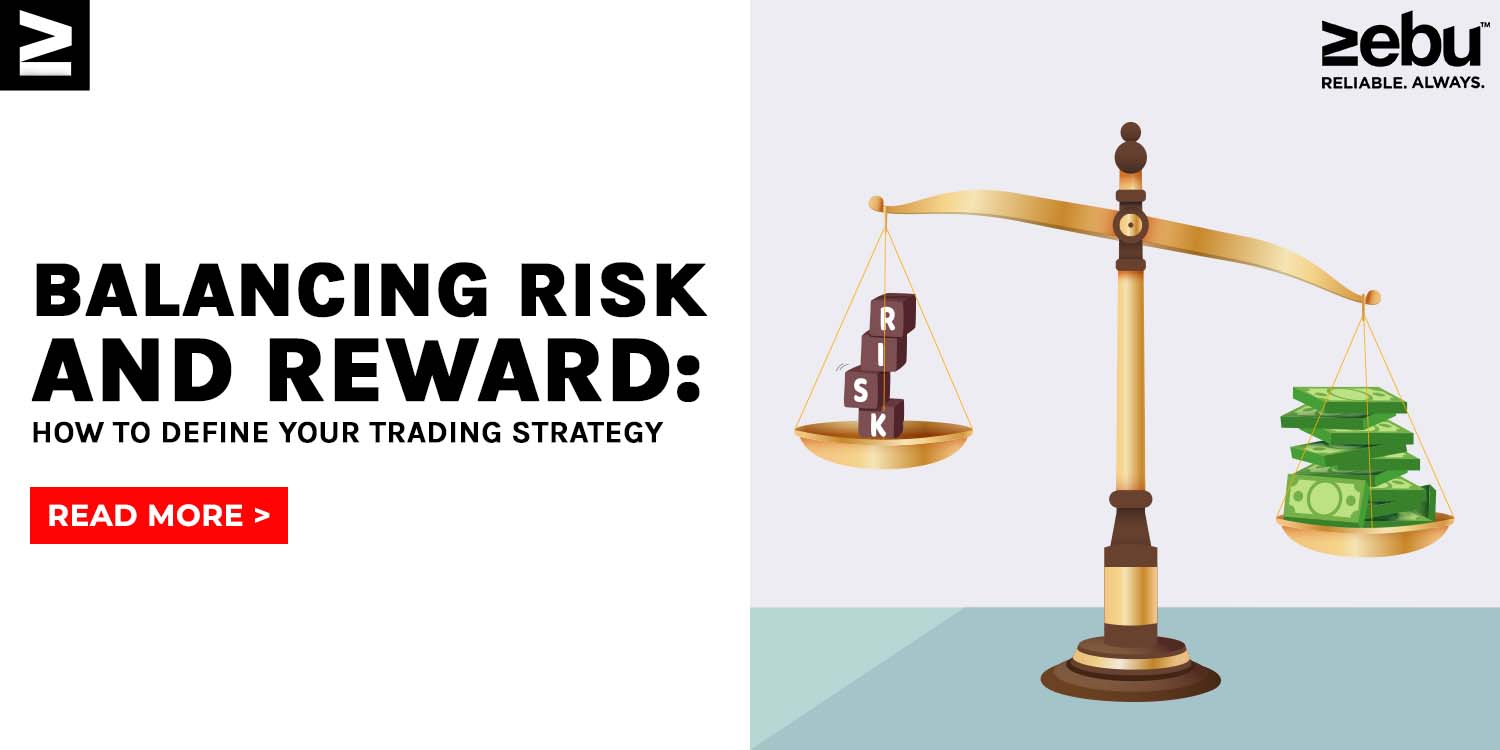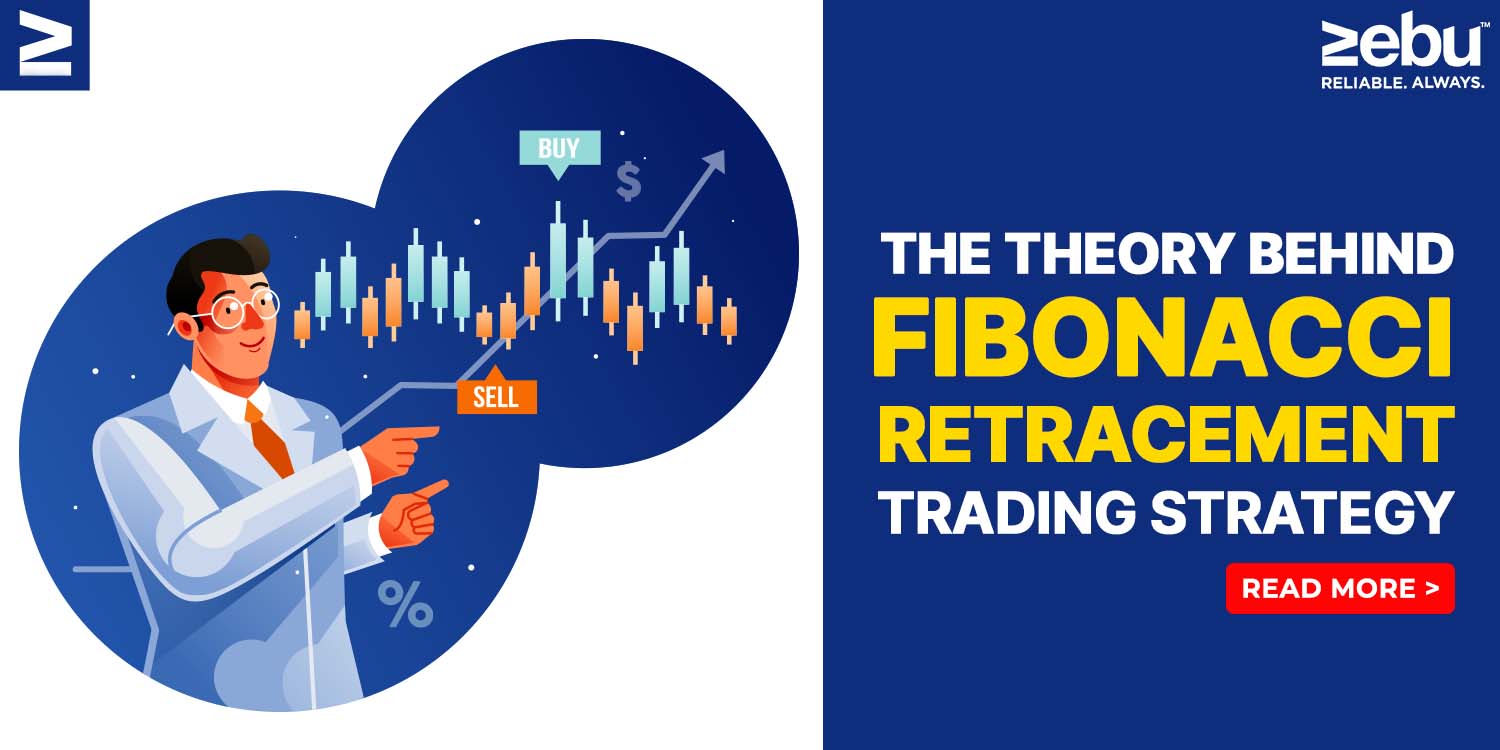
Determining the risk and reward of your transactions is one of the most crucial components of any trading strategy. You may decide how much risk you’re prepared to take on in order to get the returns you want by looking at your risk to reward ratio. Here are a few important elements that traders should take into account when determining the risk and return of their approach.
Market Circumstances: Your risk and return will be significantly influenced by the current market conditions. For instance, in times of extreme volatility, you might wish to trade smaller positions or use stop-loss orders to cap your losses in order to lower your risk. On the other side, when volatility is low, you might be able to take on more risk in the hope of reaping greater benefits.
Trading Approach: The degree of risk and return you may seek will also depend on your trading approach. Swing traders, for instance, can be able to take on greater risk as they hold positions for several days or even weeks, but day traders would need to keep their risk to a minimum since they close out positions at the end of every trading day.
Investment Horizon: How long you intend to maintain a position or your investment horizon may affect how much risk and profit you are exposed to. For instance, long-term investors could be able to take on more risk in the hopes of reaping greater benefits, but short-term traders might need to keep their risk to a minimum.
Capital Management: When determining the risk and return of your plan, effective capital management is essential. You may guarantee that you have the resources available to weather times of market volatility and still accomplish your financial goals by managing your cash effectively. This can entail calculating the right size for your transactions using position sizing strategies like the Kelly criterion.
Risk Management Techniques: Stop-loss orders and other risk management strategies will be crucial in defining the risk and return of your strategy. Even in the face of market volatility, you can preserve your wealth and reduce your losses by employing these strategies.
Investment Objectives: The amount of risk and profit you may take on will depend on your investment objectives. For instance, if your primary goal is to generate income, you might need to keep your risk low and look for trades that offer lower returns but more consistency, but if your primary goal is to build your business, you might be able to take on more risk in the chase of higher returns.
Trading Plan: When determining the risk and return of your approach, a clear trading plan is crucial. Your trading strategy should include an explanation of your approach to market analysis and trade execution, as well as your investing objectives, risk tolerance, and risk management strategies. You may stay focused and disciplined even during times of market turbulence by having a clear and well-defined trading plan.
To sum up, one of the most important steps in making sure you succeed as a trader is identifying the risk and reward of your approach. Building a well-rounded strategy that balances risk and reward and aids in the achievement of your investment objectives can be done by taking into account variables like market conditions, trading style, investment horizon, capital management, risk management strategies, investment goals, and trading plan.








